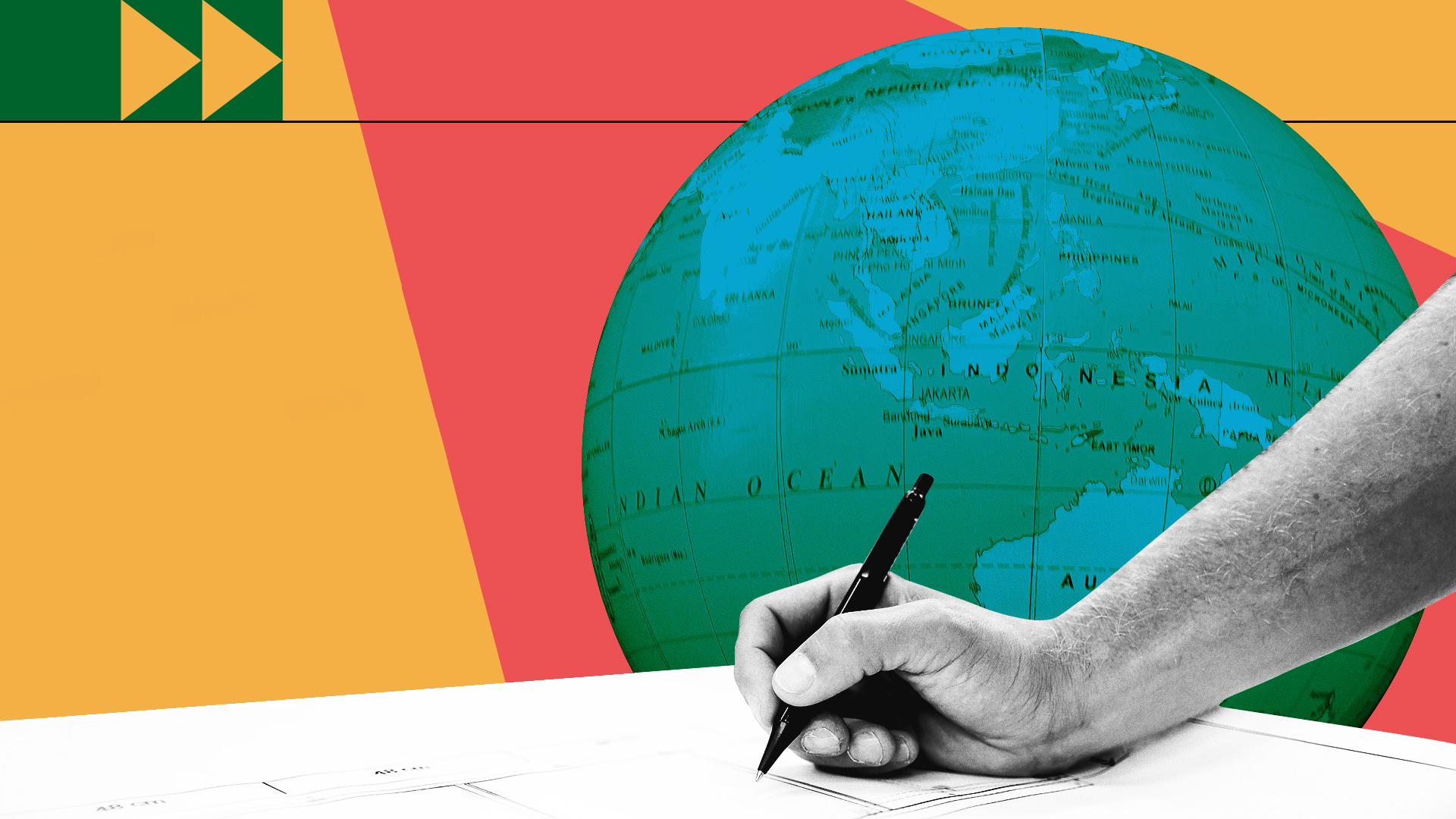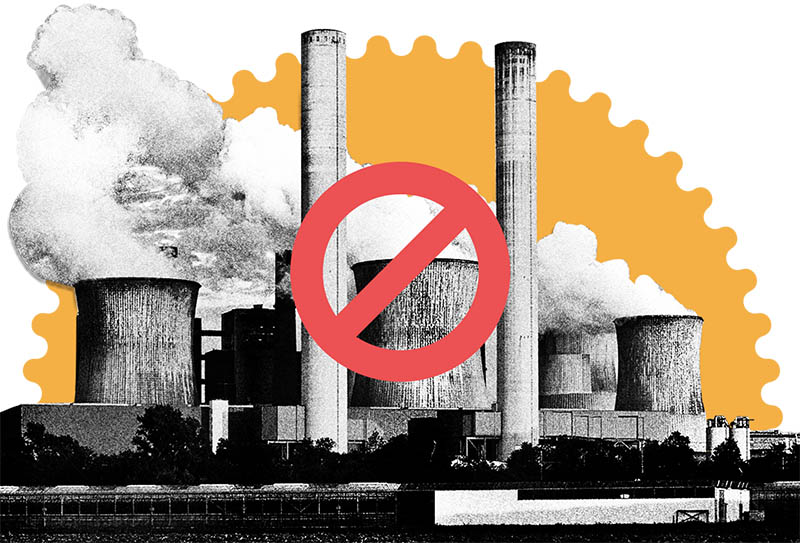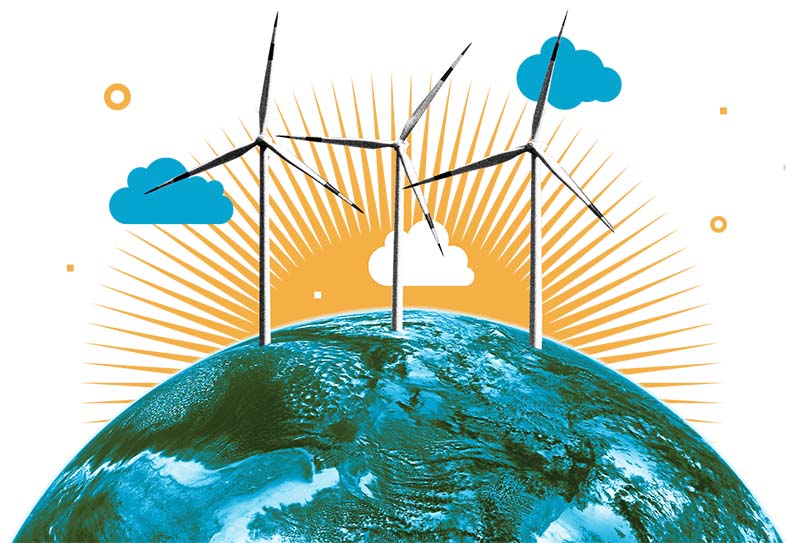For a livable climate:
Net-zero commitments must be backed by credible action
What is net zero?
Put simply, net zero means cutting carbon emissions to a small amount of residual emissions that can be absorbed and durably stored by nature and other carbon dioxide removal measures, leaving zero in the atmosphere.
Why is net zero important?
The science shows clearly that in order to avert the worst impacts of climate change and preserve a livable planet, global temperature increase needs to be limited to 1.5°C above pre-industrial levels. Currently, the Earth is already about 1.1°C warmer than it was in the late 1800s, and emissions continue to rise. To keep global warming to no more than 1.5°C – as called for in the Paris Agreement – emissions need to be reduced by 45% by 2030 and reach net zero by 2050.
How can net zero be achieved?
Transitioning to a net-zero world is one of the greatest challenges humankind has faced. It calls for nothing less than a complete transformation of how we produce, consume, and move about. The energy sector is the source of around three-quarters of greenhouse gas emissions today and holds the key to averting the worst effects of climate change. Replacing polluting coal, gas and oil-fired power with energy from renewable sources, such as wind or solar, would dramatically reduce carbon emissions.
Is there a global effort to reach net zero?
Yes, a growing coalition of countries, cities, businesses and other institutions are pledging to get to net-zero emissions. More than 140 countries, including the biggest polluters – China, the United States, India and the European Union – have set a net-zero target, covering about 88% of global emissions. More than 9,000 companies, over 1000 cities, more than 1000 educational institutions, and over 600 financial institutions have joined the Race to Zero, pledging to take rigorous, immediate action to halve global emissions by 2030.
How do we ensure commitments are turned into action?
The growth in net-zero pledges has been accompanied by a proliferation of criteria with varying levels of robustness. To develop stronger and clearer standards for net-zero emissions pledges by non-State entities such as businesses, investors, cities and regions, and speed up their implementation, UN Secretary-General António Guterres in March 2022 established a High-Level Expert Group on the Net-Zero Emissions Commitments of Non-State Entities. The Expert Group presented its recommendations at COP27 on 8 November 2022.
Are we on track to reach net zero by 2050?
No, commitments made by governments to date fall far short of what is required. Current national climate plans – for 195 Parties to the Paris Agreement taken together – would lead to a sizable increase of almost 9% in global greenhouse gas emissions by 2030, compared to 2010 levels. To keep global warming to no more than 1.5°C – as called for in the Paris Agreement – emissions need to be reduced by 45% by 2030 and reach net zero by 2050. Getting to net zero requires all governments – first and foremost the biggest emitters – to significantly strengthen their Nationally Determined Contributions (NDCs) and take bold, immediate steps towards reducing emissions now.
Current national plans fall short of what is required
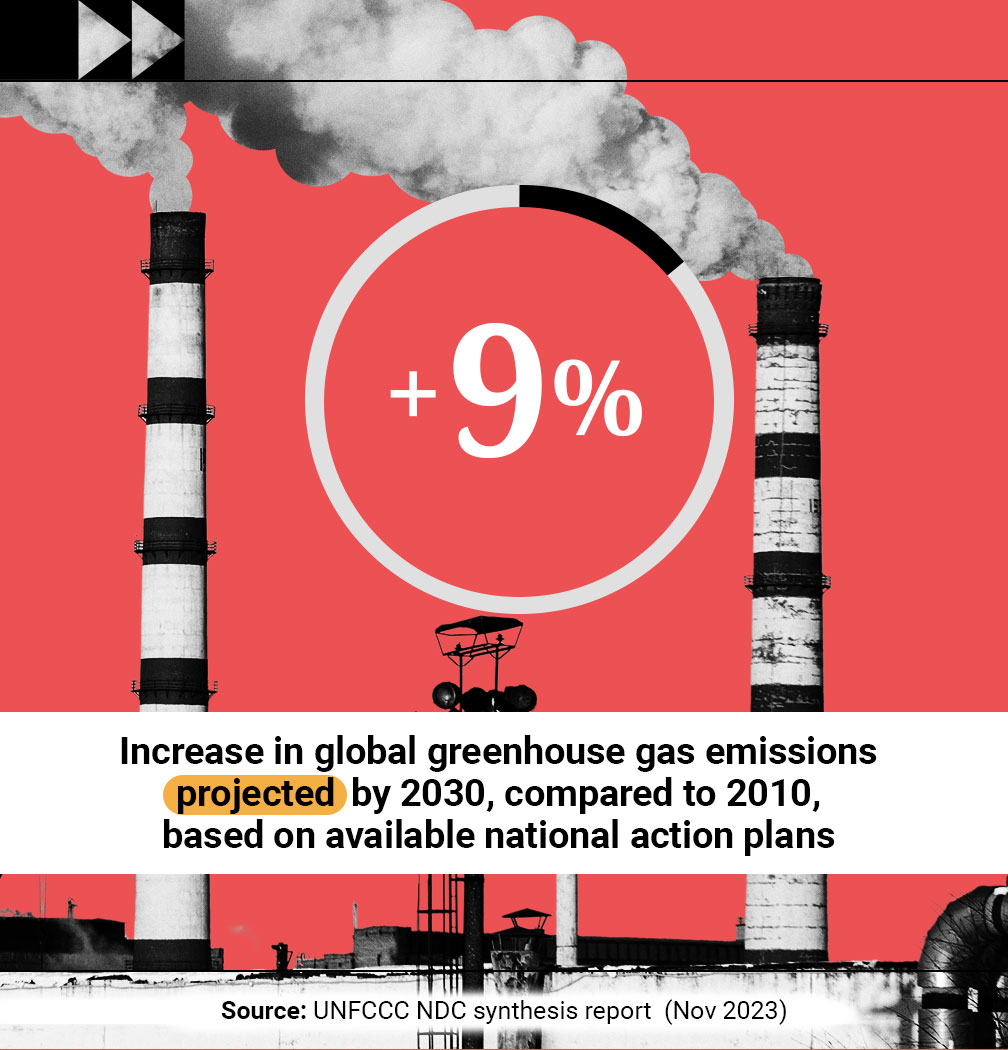

Most emissions come from just a few countries
The top five emitters (China, the United States of America, India, the European Union, the Russian Federation) accounted for about 60 per cent of greenhouse gas emissions in 2021.
The Group of 20 (Argentina, Australia, Brazil, Canada, China, France, Germany, India, Indonesia, Italy, Japan, Republic of Korea, Mexico, Russia, Saudi Arabia, South Africa, Turkey, the United Kingdom, the United States, and the European Union) are responsible for about 76 per cent of global greenhouse gas emissions.
By contrast, least developed countries account for about 3.8 per cent of global emissions, while small island developing States contribute less than 1 per cent.
Source: UNEP Emissions Gap Report 2023
Government or private sectorcommitments to net-zero cannot be a mere public relations exercise."

Net-zero news

Strengthening the standards for net-zero pledges
Governments have the biggest responsibility in the transition to net-zero emissions by mid-century. But businesses, investors, cities, states and regions also needs to live up to their net-zero promises. A high-level expert group convened by the UN Secretary-General and chaired by former Canadian Minister Catherine McKenna developed stronger and clearer standards for net-zero emissions pledges by non-State entities. Learn more
All About the NDCs
A Nationally Determined Contribution (NDC) is a climate action plan. How do NDCs work and why they are important? What's happening in different countries? Read up on the basics
Join the Race to Zero
Through this UN-backed campaign, companies, cities, financial and educational institutions and others are taking ambitious, immediate actions to halve global emissions by 2030. Find out more
The road to net zero
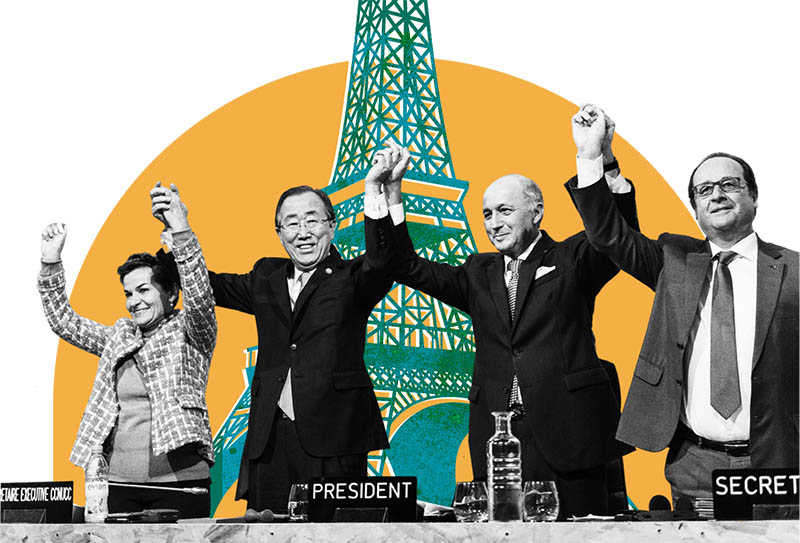
2015
196 countries adopted the historic Paris Agreement to reduce global warming and build resilience to climate change. Its overall goal: limit warming to no more than 1.5 degrees Celsius.

